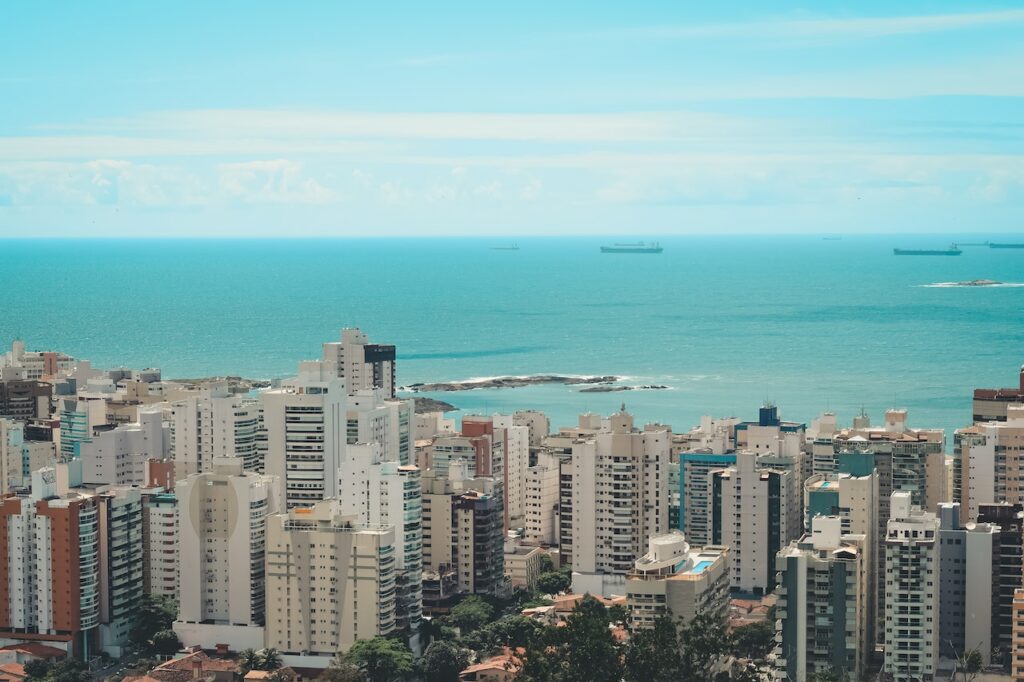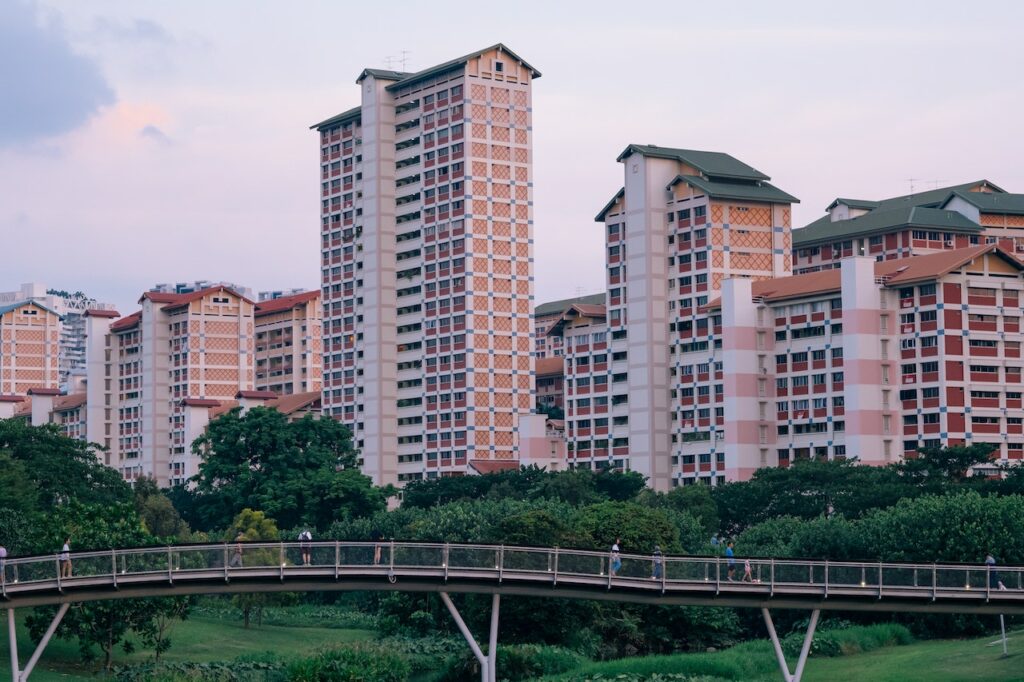In recent years, the act of filming federal buildings has become a topic of increasing concern and debate. As technology advances and the accessibility of cameras grows, the intersection of individual rights and national security becomes more pronounced. This article delves into the complexities surrounding the practice of filming federal buildings, examining the legal aspects, potential security risks, and the broader implications for both citizens and government agencies.

Matheus Natan
Legal Landscape:
Filming federal buildings raises questions about the exercise of First Amendment rights and the limitations imposed by security considerations. While the United States Constitution protects the freedom of speech and expression, certain restrictions apply when it comes to capturing images or footage of sensitive locations. The government has a legitimate interest in safeguarding national security, and laws exist to strike a balance between citizens’ rights and the need to protect critical infrastructure.
Security Concerns:
Federal buildings often house sensitive information and government operations, making them potential targets for malicious activities. Filming these structures can inadvertently provide information that may compromise security. Recognizing this, laws and regulations are in place to restrict photography or filming in certain areas surrounding federal buildings, aiming to prevent the unintentional disclosure of sensitive details that could be exploited by individuals or groups with harmful intentions.

Soloman Soh
The Role of Technology:
Advancements in technology, such as drones and high-resolution cameras, have made it easier for individuals to capture detailed images of federal buildings from a distance. This technological evolution adds a layer of complexity to the regulatory landscape, as lawmakers and security agencies work to adapt policies to address emerging challenges. Striking a balance between protecting national security and respecting individual rights remains an ongoing challenge.
Public Accountability and Transparency:
While security concerns are paramount, there is also a recognition of the importance of transparency and accountability in a democratic society. Filming federal buildings can serve as a means for citizens to document government activities, ensuring transparency and holding public officials accountable for their actions. This aspect adds nuance to the debate, highlighting the need for a thoughtful and balanced approach to regulating filming in and around federal buildings.
The Role of Permits:
Some jurisdictions require individuals or groups to obtain permits before filming federal buildings. These permits may come with specific conditions, such as limitations on the use of certain equipment or the prohibition of filming in designated areas. The permit system aims to strike a balance between allowing individuals to exercise their First Amendment rights and ensuring that such activities do not compromise national security.
Challenges and Future Considerations:
As technology continues to advance and the debate over the balance between individual rights and national security evolves, policymakers face the ongoing challenge of adapting regulations to the changing landscape. Striking the right balance will require careful consideration of the potential risks, the role of technology, and the need for public accountability.
Filming federal buildings is a complex issue that requires a delicate balance between individual rights and national security imperatives. The legal landscape surrounding this practice is multifaceted, with considerations for the evolving role of technology, public accountability, and the need to protect sensitive government operations. As society navigates these challenges, policymakers must continue to refine regulations that safeguard both citizens’ rights and the nation’s security.
